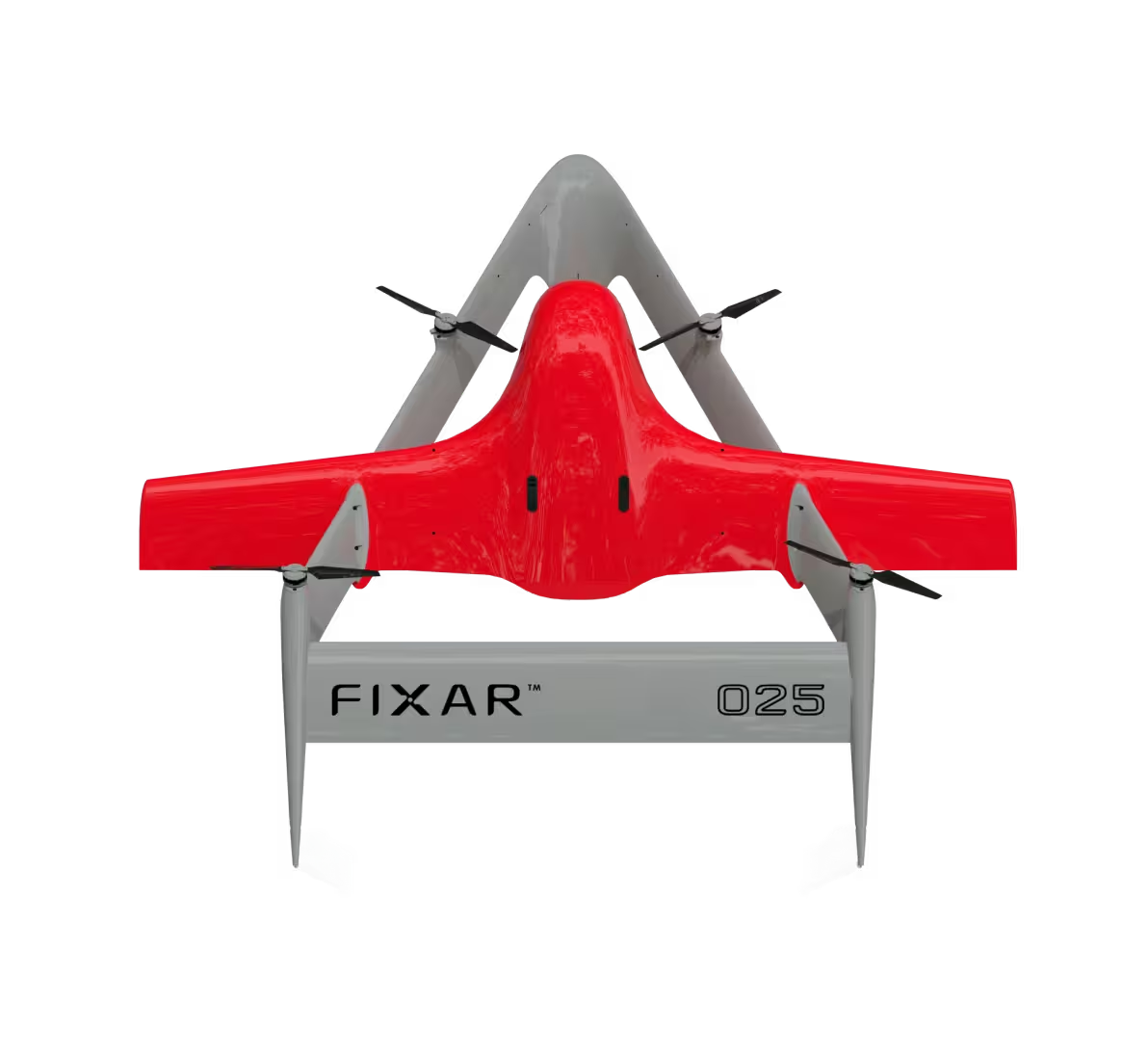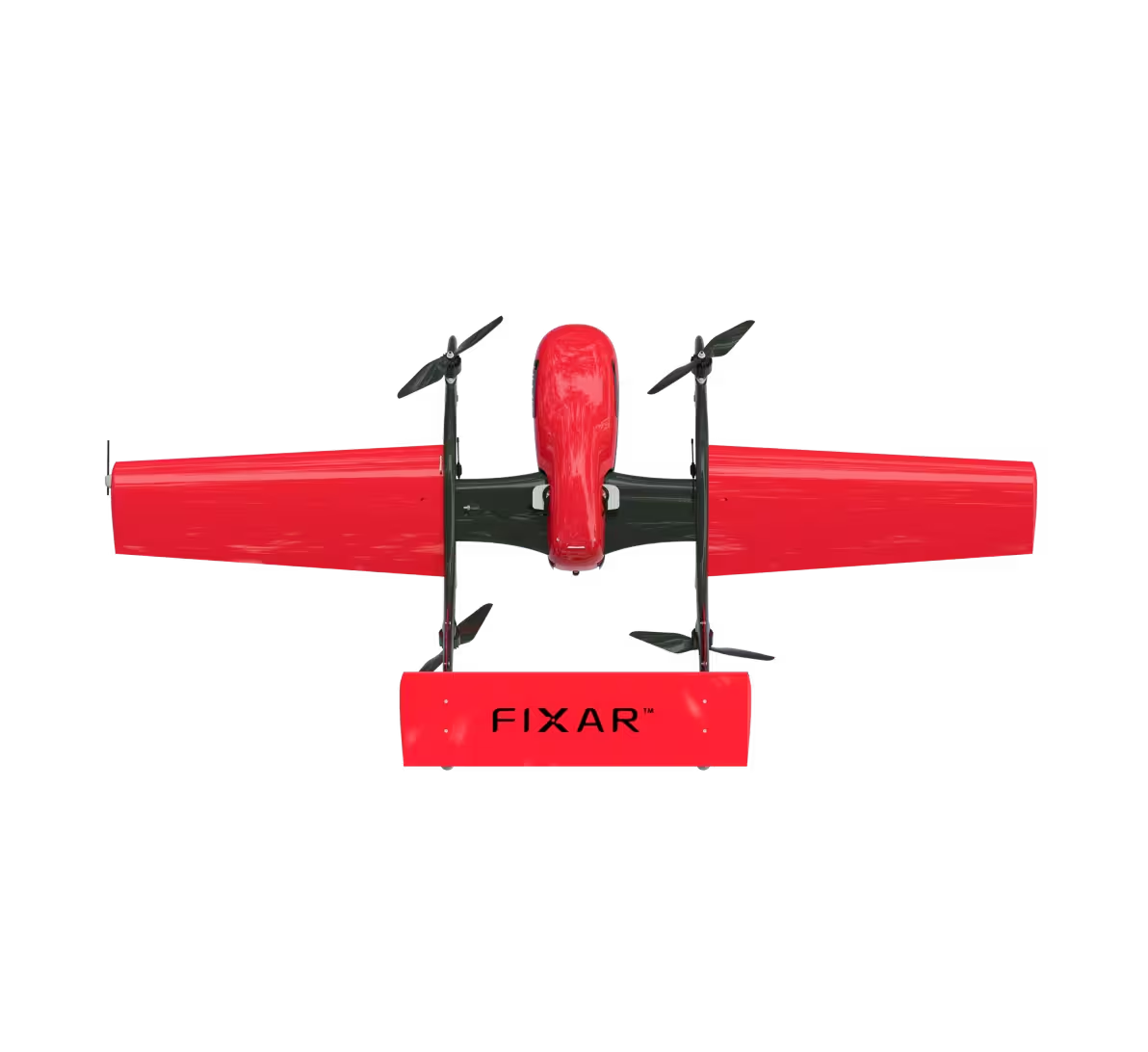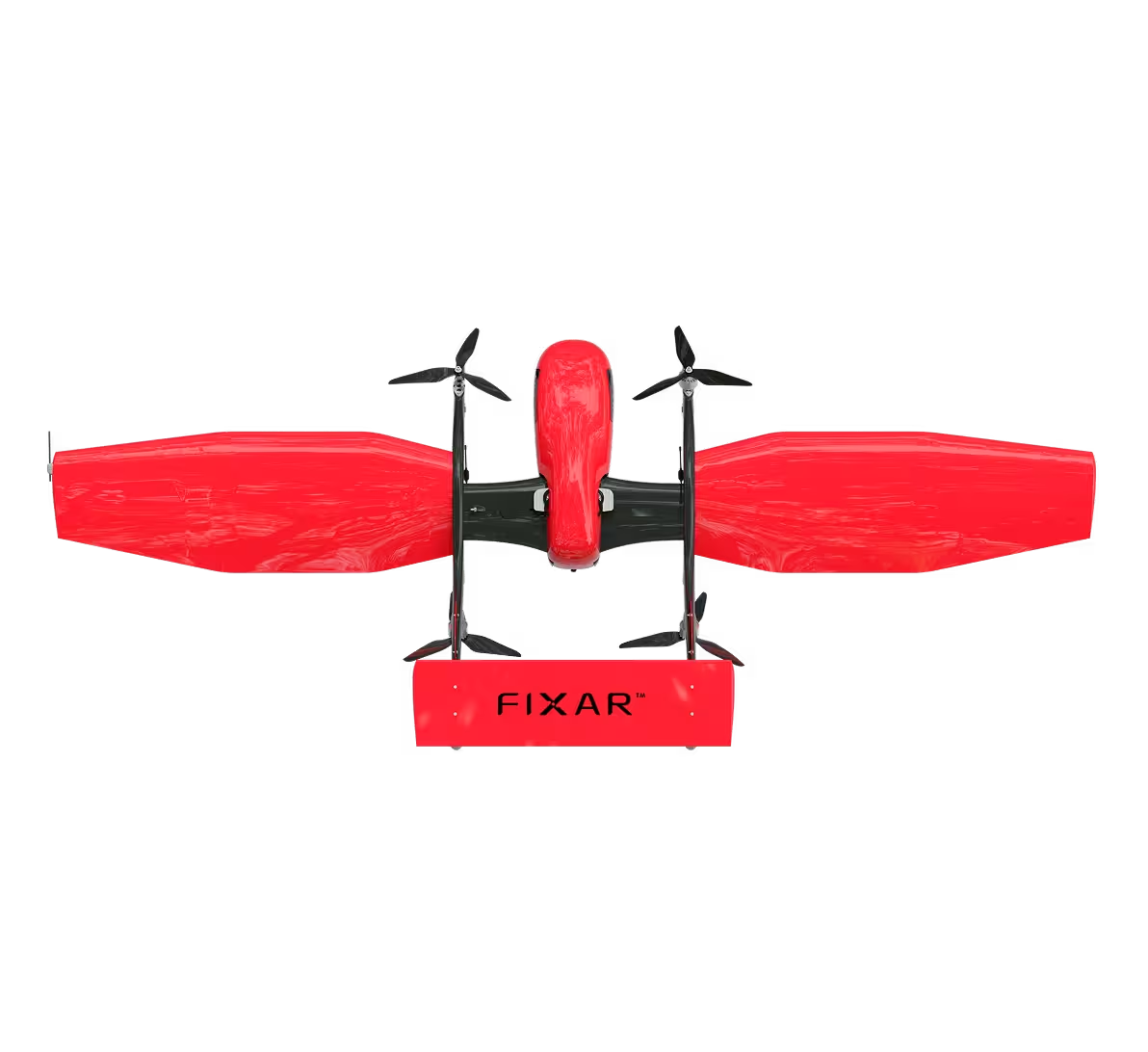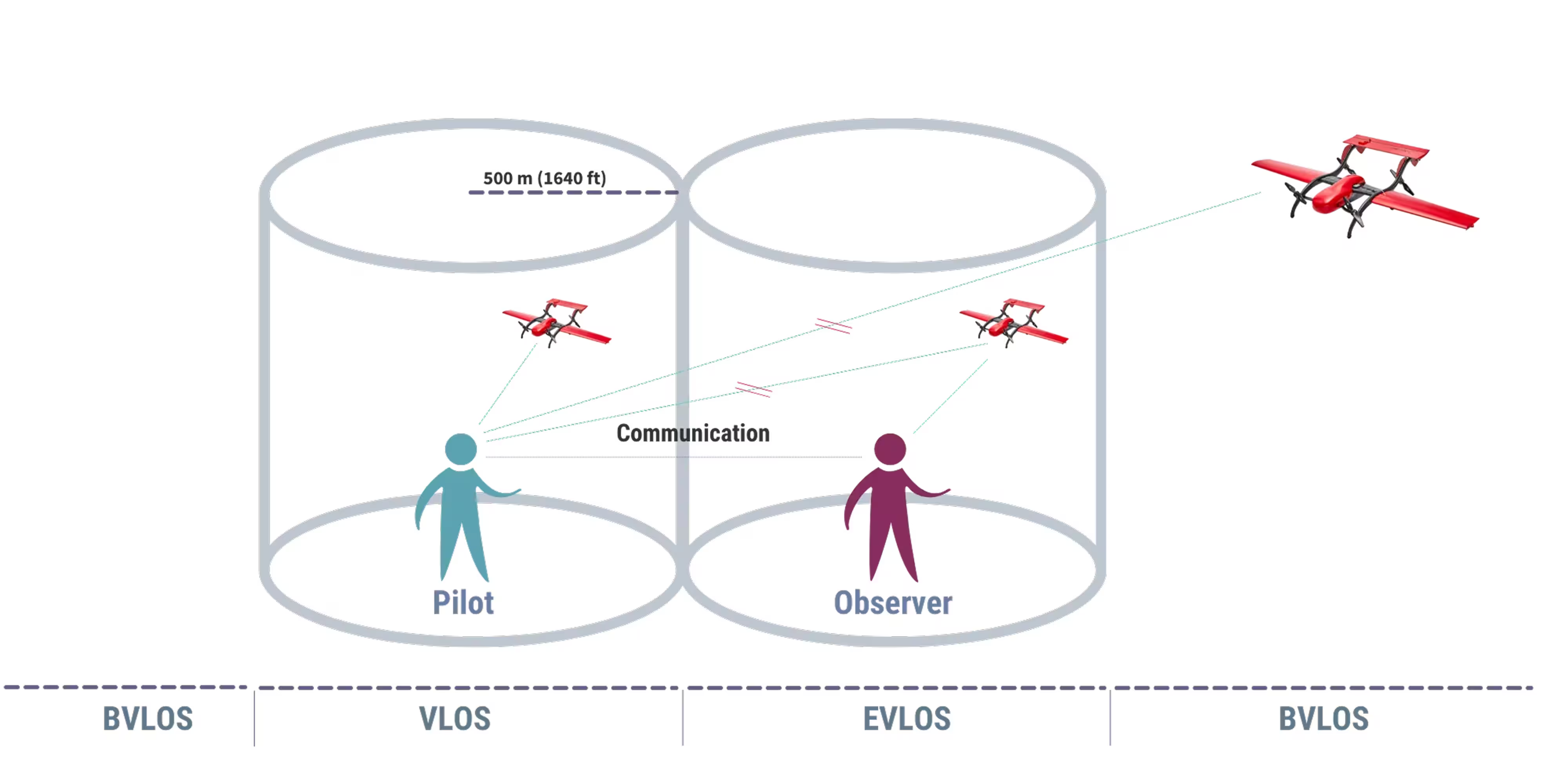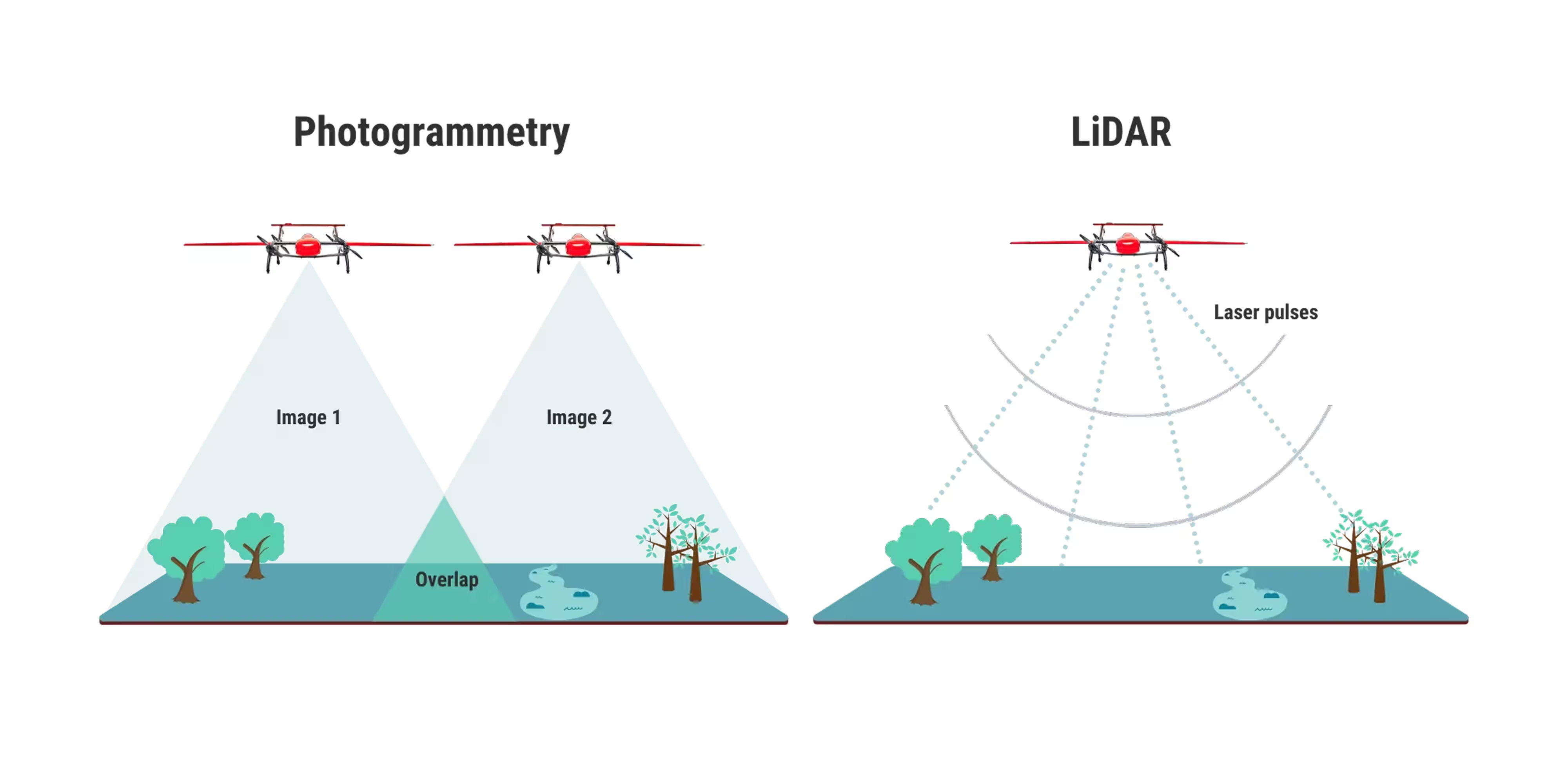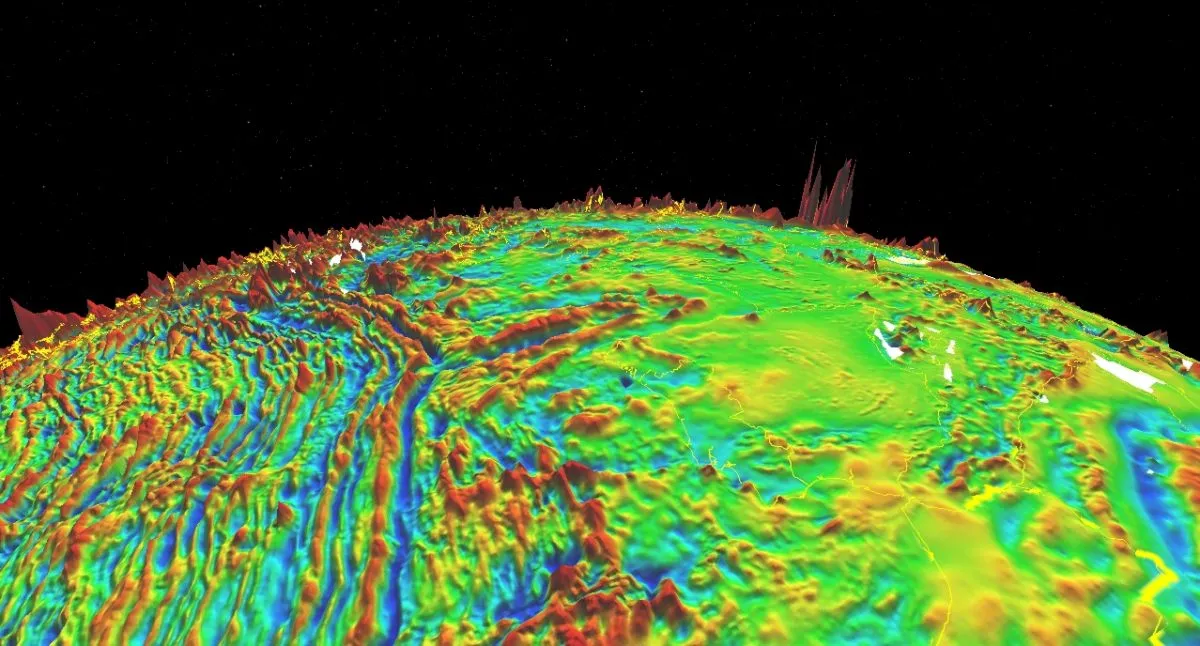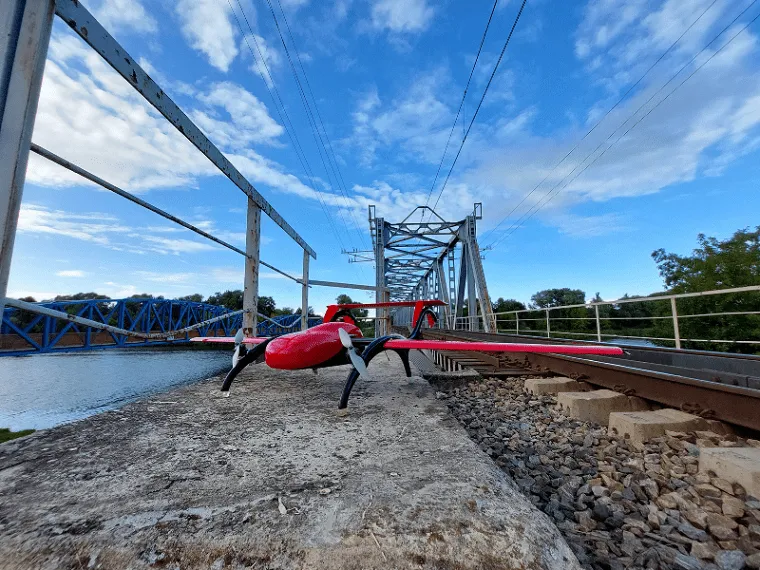Businesses can make more defined choices through the implementation of drone programs. Drones within the energy industry bring realistic solutions to everyday problems and assist companies in avoiding unnecessary man-hours and labour, lowering maintenance, inspection, and repair costs, and improving efficiencies.
Planes, helicopters, and professional climbers are still being utilized within the traditional inspection procedure to examine gas facilities, solar farms, and offshore oil fields. Consultants spend countless hours producing safety documentation before sending experienced professionals to test windmills and turbines. With the employment of drones, there is an easier and more effective solution that replaces all these obstacles.
Solar Farms inspection using Drones
Solar Industry Research Data shows a rapid increase and development of the solar industry and its generated energy in the USA. During the last decade, the solar industry has contributed to annual growth of more than 30%1. A similar trend is happening in Europe with Green Deal incentives and an increasing urge for energy independence. Solar companies are increasing the performance of their power generators as renewable energy standards shift, and drones are playing a significant part in ensuring their consumers have reliable electricity at competitive pricing.
The lifespan of a solar farm is dependent on regular and effective maintenance. Also, because solar farms utilize large areas of land, inspections can undertake a large period of time in relation to a high cost. Companies may cut inspection and surveillance costs by half by deploying and using drone scans, increasing efficiency and keeping on top of standard operation maintenance.
During solar panel inspections, the service team is required to cover all the solar farm area using portable infrared cameras, which is a tedious and time-consuming task. Nowadays with the potential of employing drones with an integrated infrared camera onboard is possible to undergo the same inspection of a full solar farm remaining at one or just a few locations.
Drones within the wind energy industry
It is estimated that in 2025, renewable energy will surpass coal as a primary source of electricity2. Power station operators must guarantee that their wind turbines are kept at peak efficiency and that the lifespan of their introductory asset classes is extended to maximize the potential benefits.
Hail, snow, lightning, rain, salt, and dirt are persistent threats to turbine components. Turbine blade damage may also be caused by high load bending or manufacturing flaws that induce blade de-bonding. The operator can fly the drone freely around and over a turbine to examine its functionality, potential damage, and identify methods to enhance performance. There is also other type of autonomous hybrid vehicles on the market that are specifically developed and dedicated to keep wind mills at their best condition to generate energy. The system is secured with ground points and it allows a robotic autonomous system to climb the mills and carry out the cleaning and inspection.
{{powerlines="/custom-photos-elem"}}
Drones are being employed to examine power lines
Drone-assisted cable inspections are getting increasingly common among utilities. Regular reviews and prompt maintenance are essential to keep prices low, efficient resources, and restore electricity. Conventionally the power grid and lines are monitored and supervised using helicopters flying at a low altitude or physically workers following the cables to examine and make sure everything is in order. This approach has several drawbacks such as high safety risks for the inspection team, extensive time consumption, high human resource and equipment cost, and approach distance limitations for a large aircraft or workers on the ground.
Drones can map a region swiftly and effectively with unmanned aerial missions, whizzing over power wires and towers while avoiding any potential hazard or danger. Drones can cover a vast amount of land that regular aerial vehicles can’t because they are lighter and more agile. For powerline inspections, the most common choice to be used is the laser scanning sensor that allows collecting precise point clouds to identify the condition of wires and powerline constructions.
{{wind-mills="/custom-photos-elem"}}
Conclusion
Drone-related laws and regulations are critical to the progress of drone technology, particularly when it involves doing industry inspections. Currently, regulatory aspects in most countries limit long-range beyond visual line of sight (BVLOS) operations to be carried out on a daily basis in a systematic way with a fast deployment through easy processing with authorities. However, already now drone use is advancing and the energy sector is one of the leading drone application sectors in 2021/20223. We estimate that increasing level of unmanned aerial vehicle operational autonomy in combination with the development of state authority UAV traffic management systems and regulatory base will boost drone use in the energy industry and many others.
Sources:
- 1 SEIA/Wood Mackenzie Power & Renewables U.S. Solar Market Insight 2022
- 2 International Energy Agency: Renewables, Analysis and forecast to 2025
- 3 Drone Industry Insights, April 27th, 2022
